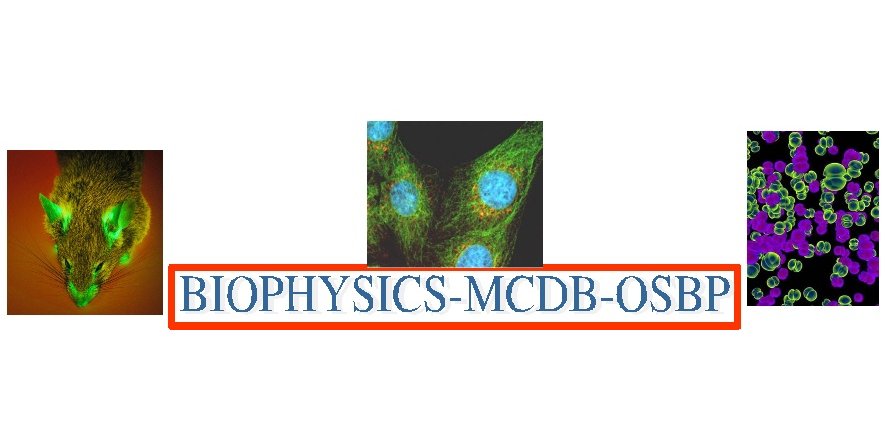Interdisciplinary Graduate Programs Symposium

2010 OSU Molecular Life Sciences
Interdisciplinary Graduate Programs Symposium

Talk abstracts
Abstract:
B-cell chronic lymphocytic leukemia (B-CLL) is the most common leukemia in the western world. Human B-CLL occurs in two forms: aggressive (showing high ZAP-70 expression and unmutated IgH VH) and indolent (showing low ZAP-70 expression and mutated IgH VH). We found that miR-29a is upregulated in indolent human B-CLL compared to aggressive B-CLL and normal CD19+ B-cells. To study the role of miR-29 in B-CLL, we generated Eµ-miR-29 transgenic mice overexpressing miR-29 in mouse B-cells. Flow cytometric analysis revealed a markedly expanded CD5+ population in the spleen of these mice starting at 2 months of age. 85% (34/40) of miR-29 transgenic mice exhibited an expanded population of CD5+ B-cells, a characteristic of the B-CLL phenotype. An average of 50% of the B-cell population in these transgenics were CD5 positive. At the age of 2 years these mice showed significantly enlarged spleens and an increase in CD5+ B-cell population of up to 100% of B-cells. Of 20 Eµ-miR-29 transgenic mice followed up to the age of 24-26 months, 4 (20%) developed frank leukemia and prematurely died from the disease. The expanded CD5+ B-cell population was found to be proliferative, with an increased number of cells in the S-phase of the cell cycle, compared to wild type CD19+ B-cells. These results suggest that deregulation of miR-29 can cause, or at least significantly contribute to the pathogenesis of indolent B-CLL.
Keywords: CLL, miR-29, transgenic mice